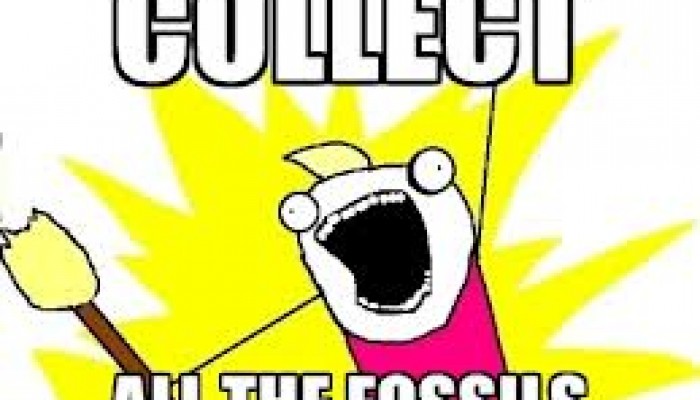Dinosaurs. What springs to mind when they’re mentioned? Colossal, towering sauropods? Packs of feisty feathered fiends? Or huge herds of hadrosaurs, chomping their way across the plains of long-lost worlds? Most, including myself, will automatically default to any one of these images when dinosaurs come up in conversation (what, you mean it’s not that frequent for normal people?) But we often neglect to think the earliest dinosaurs, spectacular organisms that gave birth to the most successful, and on-going, terrestrial vertebrate radiation of all time.
Can fossil mammals help us with our conservation efforts?
How can the dead help the living? This is a question a lot of fossil-fanatics have bent a lot of time towards over recent years, partially due to a desire to make palaeontology ‘relevant’ as a modern science, and secondly to help guide our efforts in conservation biology. A new series, edited by my supervisor Dr. Phil Mannion and others, focusses on the way we interpret palaeobiodiversity, biodiversity in the fossil record, for different groups and the issues and solutions facing the field. The final article in the volume struck me in particular.

How can fossils help us to protect these now and in the future? Source.
Dwarf crocodiles in Munich
My PhD consists of two parts. The first is investigating the dynamics of biodiversity across the Jurassic/Cretaceous interval about 145 million years ago. I want to see if when we consider the biases of the fossil record whether there was a ‘hidden’ mass extinction, and what were the ecological, physiological or environmental factors that correspond to this. This involves looking at turtles, birds, dinosaurs, marine reptiles, lizards, snakes, crocodiles and any other tetrapod group at the time – that’s anything with four feet, flippers or wings (see previous post for an update on all this jazz).

Evolutionary relationships of major tetrapod groups – many extinct, and many still with us today! Source.
Panic mode, initiated?
It’s been 6 months now, and a while since I updated y’all with what it’s like in the world of a PhD-palaeontologist. In case you missed it, my intention was to open up PhD life and research a bit to expose what it’s like beyond the simple production of research papers. Which is probably a good thing, as I don’t have any papers out yet. Setting the cultural default within academia to open is something I’m quite in to, and I guess this is my little contribution to that.
So it’s been a few months since I last posted in this series. During that time, PhD life has been both a feast and a whirlwind of writing, reading, data collection, blogging, socialising, teaching, and most importantly, learning.


